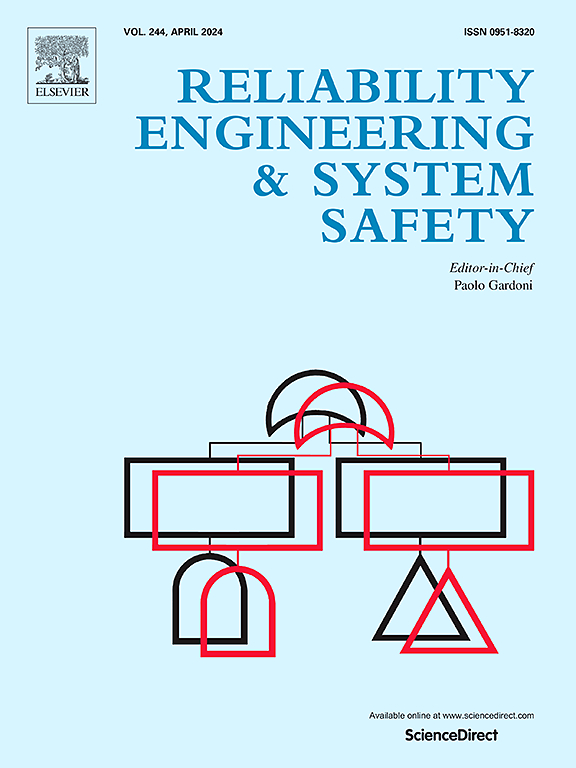A deep autoencoder with structured latent space for process monitoring and anomaly detection in coal-fired power units
IF 9.4
1区 工程技术
Q1 ENGINEERING, INDUSTRIAL
引用次数: 0
Abstract
In the big data era, deep autoencoder (DAE)-based methods for anomaly detection are widely used in monitoring coal-fired power units (CFPUs). However, these methods often overlook essential latent space information crucial for detecting anomalies within the DAE model. This study presents a structured latent space deep autoencoder (SLSDAE) that not only intuitively provides both latent space and reconstruction residual information for anomaly detection but also obviates the need for additional hyperparameters in the model's loss function. Furthermore, by leveraging the support vector data description (SVDD) model, this research extracts anomaly discrimination criteria from the SLSDAE model and introduces an end-to-end, real-time online monitoring framework for CFPUs. Comparative analysis on four public datasets demonstrates that the SLSDAE model enhances the G-mean in anomaly detection by 16.05 % over the DAE model and surpasses the performance of both the βVAE and DAGMM models. When applied to an actual induced draft fan, this framework effectively provides clear status trend tracking and early anomaly detection, up to 20 days in advance.
求助全文
约1分钟内获得全文
求助全文
来源期刊

Reliability Engineering & System Safety
管理科学-工程:工业
CiteScore
15.20
自引率
39.50%
发文量
621
审稿时长
67 days
期刊介绍:
Elsevier publishes Reliability Engineering & System Safety in association with the European Safety and Reliability Association and the Safety Engineering and Risk Analysis Division. The international journal is devoted to developing and applying methods to enhance the safety and reliability of complex technological systems, like nuclear power plants, chemical plants, hazardous waste facilities, space systems, offshore and maritime systems, transportation systems, constructed infrastructure, and manufacturing plants. The journal normally publishes only articles that involve the analysis of substantive problems related to the reliability of complex systems or present techniques and/or theoretical results that have a discernable relationship to the solution of such problems. An important aim is to balance academic material and practical applications.
 求助内容:
求助内容: 应助结果提醒方式:
应助结果提醒方式:


